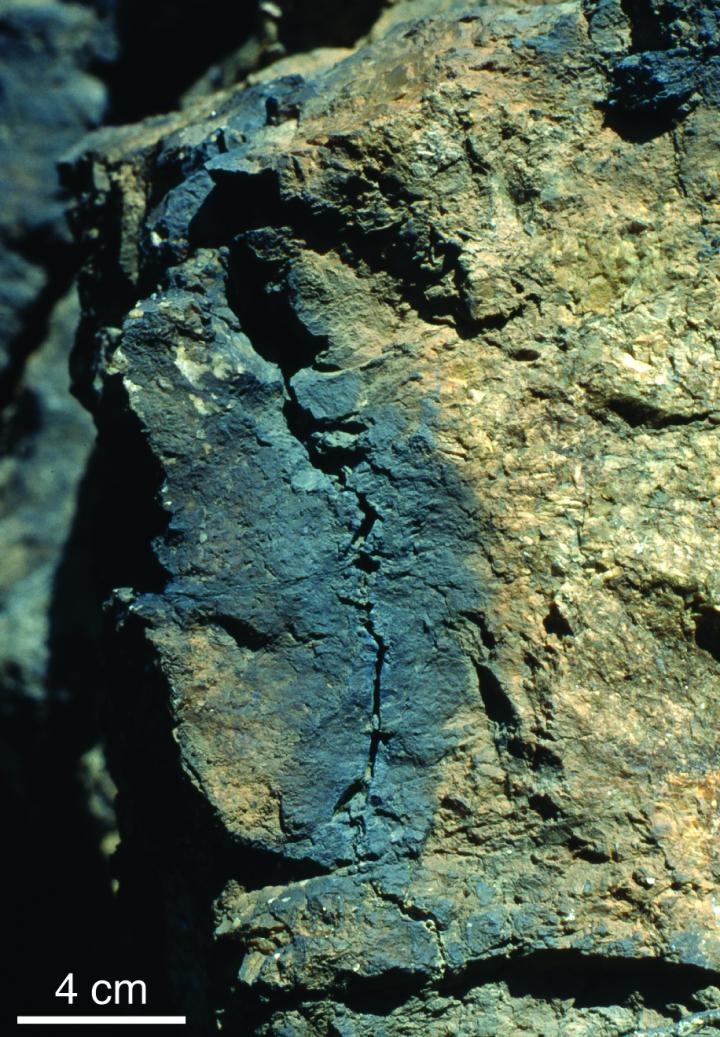Lightning Can Warp Rocks at Their Core

A zap of lightning can change the very structure of a rock, new research shows.
When a high-energy lightning strike bombards a rock, it can heat the rock to more than 3,000 degrees Fahrenheit (1,600 degrees Celsius), which can be twice as hot as lava and deform not only the appearance of the rock, but the chemical bonds that hold it together.
When this happens, the lightning-zapped rock becomes covered in natural glasses called fulgurites. In the new study, the researchers took a microscopic look at the quartz fulgurites and found "shock lamellae" — a thin layer of warped quartz crystals — underneath the glassy quartz, induced by the high pressure of the strike. This warped layer consists of distinct, parallel and remarkably straight lines and can only be seen with intense magnification. These features control the fundamental structure of the rocks.
The only other known natural event to induce shock lamellae is a meteorite impact. [When Space Attacks: The 6 Craziest Meteor Impacts
"I think the most exciting thing about this study is just to see what lightning can do," lead study author Reto Gieré, a professor of earth and environmental science at the University of Pennsylvania, said in a statement. "To see that lightning literally melts the surface of a rock and changes crystal structures, to me, is fascinating."
Glossy rocks
The researchers found the shock lamellae in glassy fulgurites in Les Pradals, in southern France. The fulgurites looked like wet, dark algae and formed in the crevices of a jagged fracture that sliced through a granite rock outcrop there.
Get the world’s most fascinating discoveries delivered straight to your inbox.
After looking at very thin, almost transparent, slices of the fulgurites under a powerful microscope, the researchers noticed that the black fulgurite looked glossy, "almost like a ceramic glaze," Gieré said.
The fulgurite was also porous, similar to foam; the researchers suspect it got that way when the sizzling lighting vaporized the rock's surface.
The researchers detected elevated concentrations of sulfur dioxide and phosphorus pentoxide, likely left over from lichens that lived on the rock's surface in the time leading up to the lightning strike.
Transformed rocks
Just beneath the fulgurite layer, the researchers found the shock lamellaes. To create such a pattern, the lightning strike must have pummeled the rock with a force of around 10 gigapascals, which is equivalent to an impact 20 million times greater than a boxer's punch.
The researchers determined the force that formed the lamellae on the lightning-struck rocks by looking at lamellae formed by meteor impacts. Lamellae formed by both impacts shared similar features. "It's like if someone pushes you, you rearrange your body to be comfortable," Gieré said. "The mineral does the same thing."
The extent of the lamellae — which typically spread about 3 micrometers wide, a small fraction of the width of a human hair — indicates how far the lightning bolt's energy was distributed.
The researchers warned outdoors people exploring or researching rock outcrops to be on the lookout for shiny black glaze, since it might indicate a site is prone to lightning strikes.
"Once it was pointed out to me, I started seeing it again and again," he said. "I've had some close calls with thunderstorms in the field, where I've had to throw down my metal instruments and run," Gieré said.
Elizabeth Goldbaum is on Twitter. Follow Live Science @livescience, Facebook & Google+. Original article on Live Science

